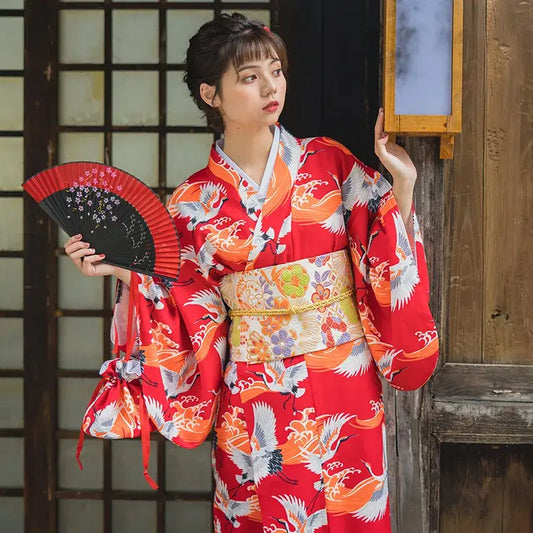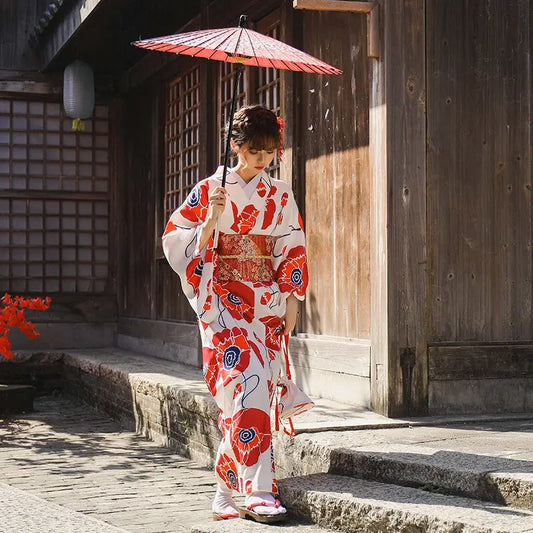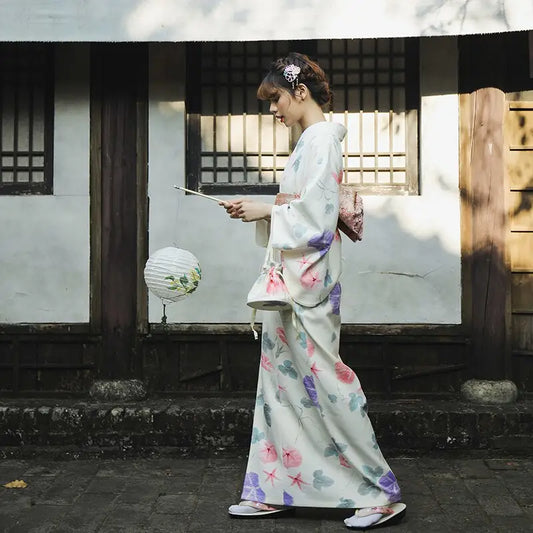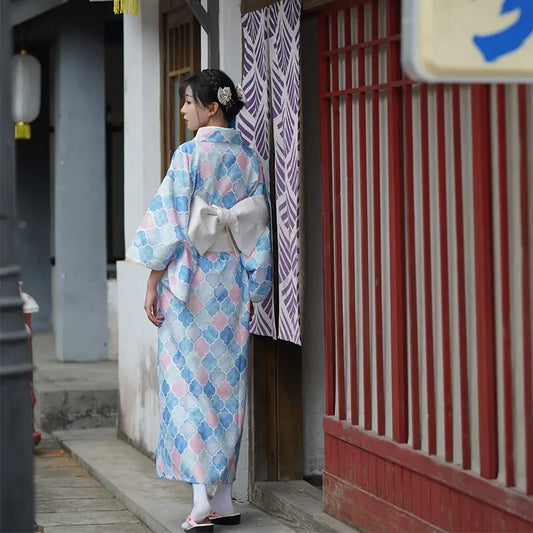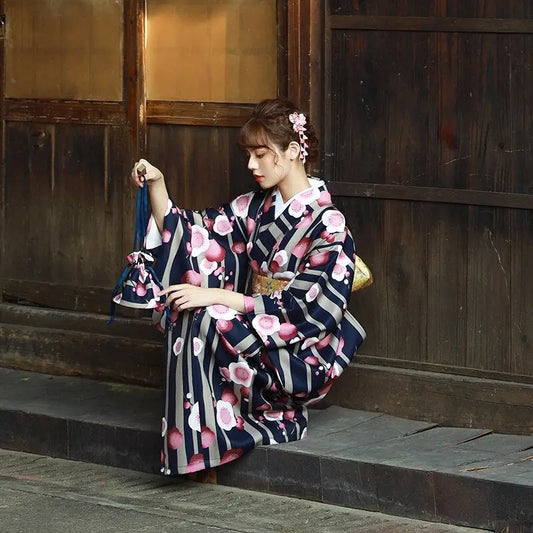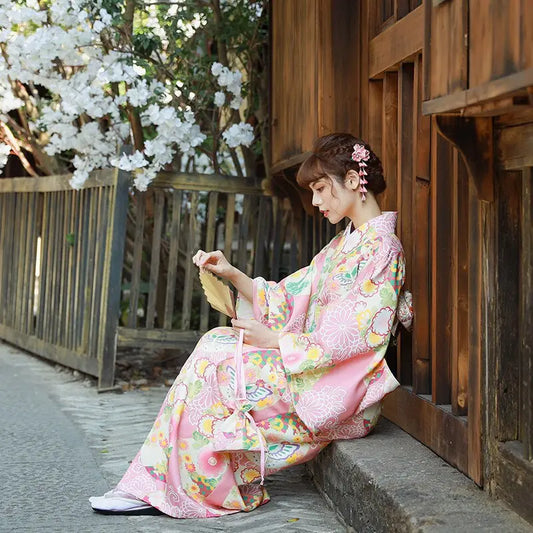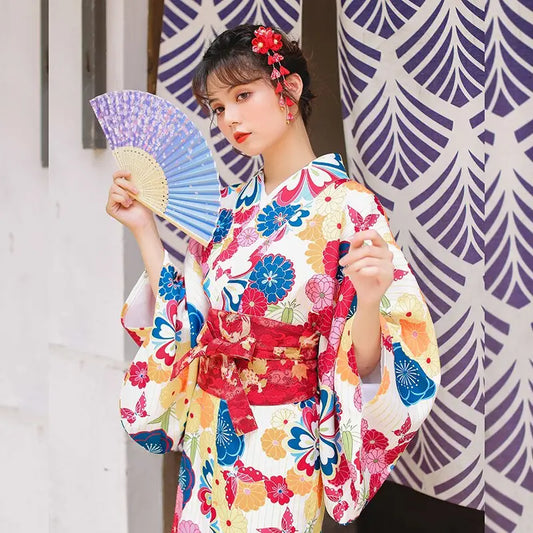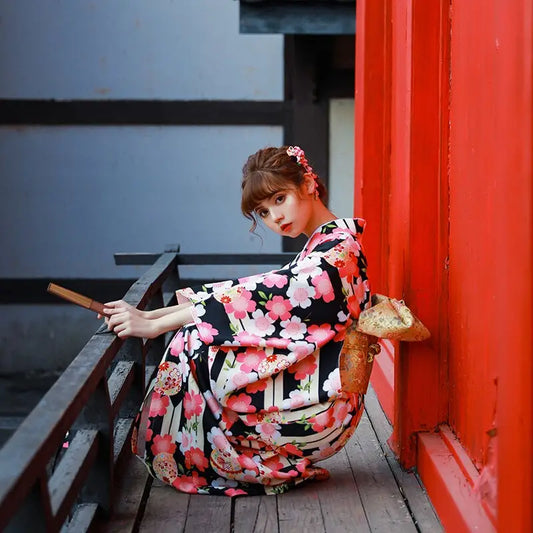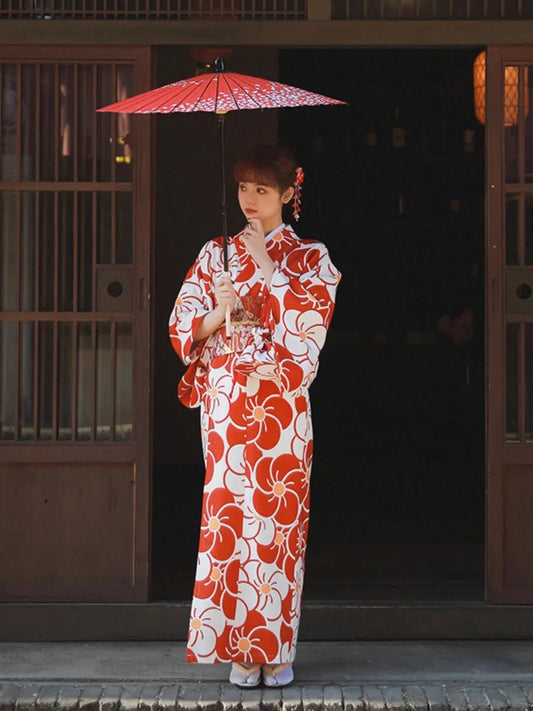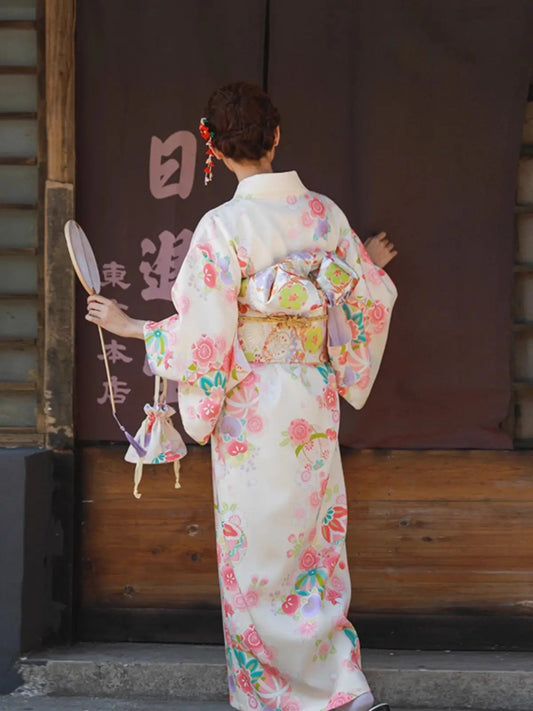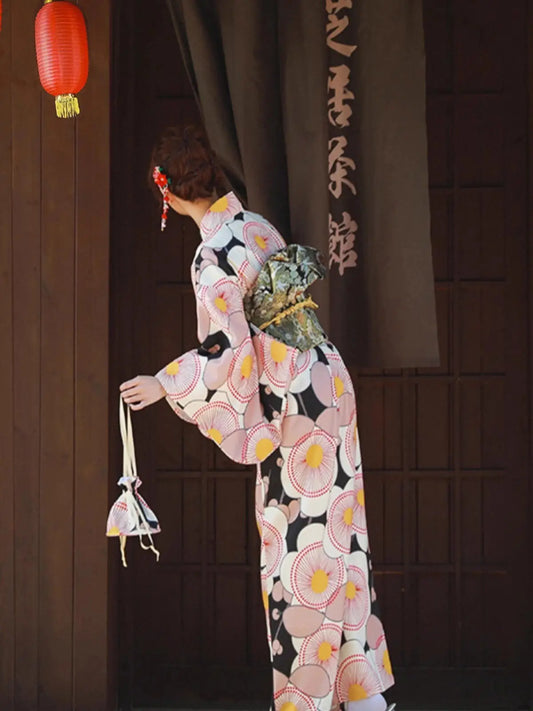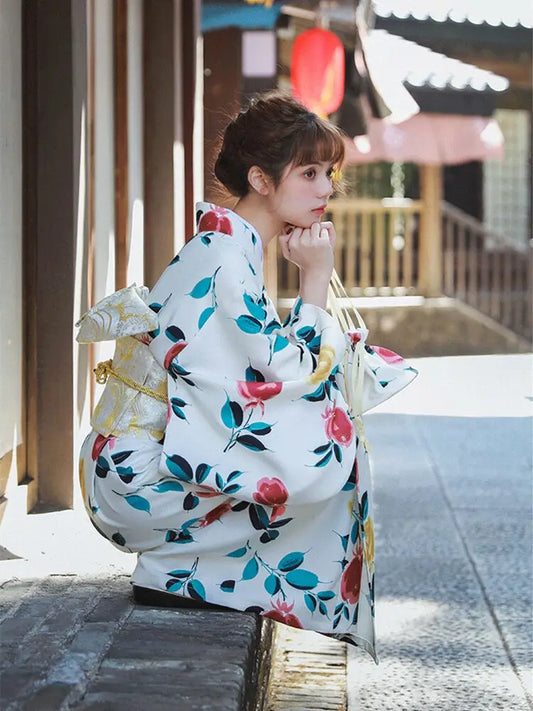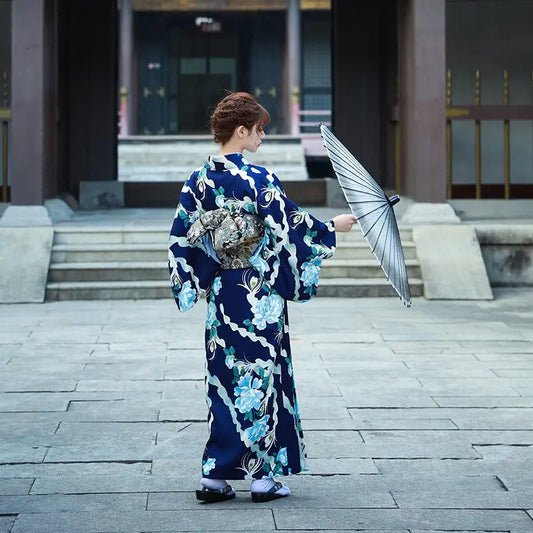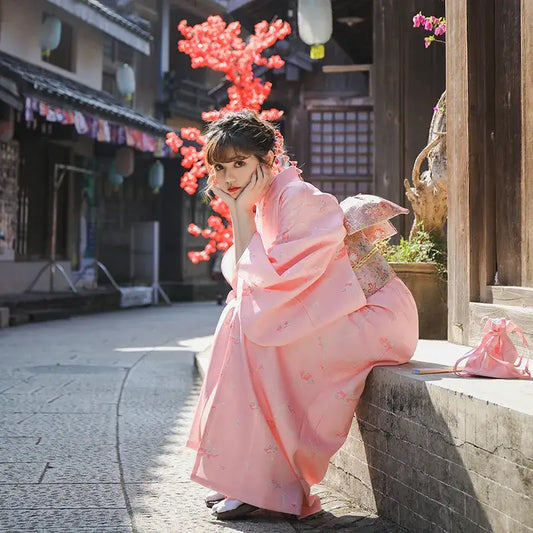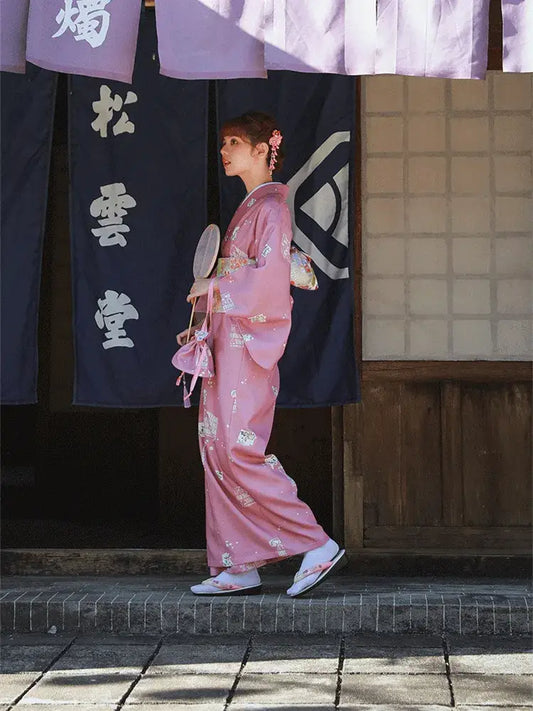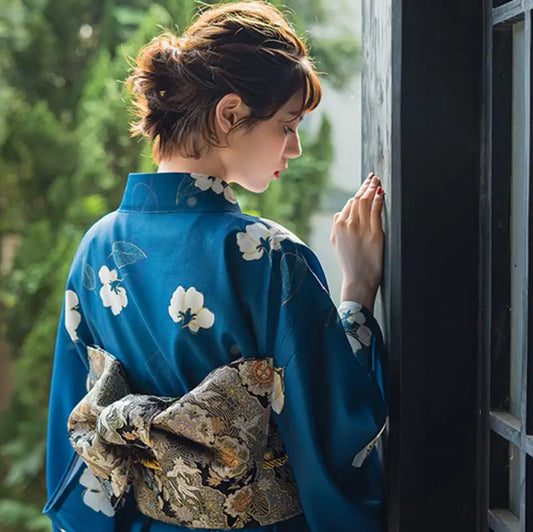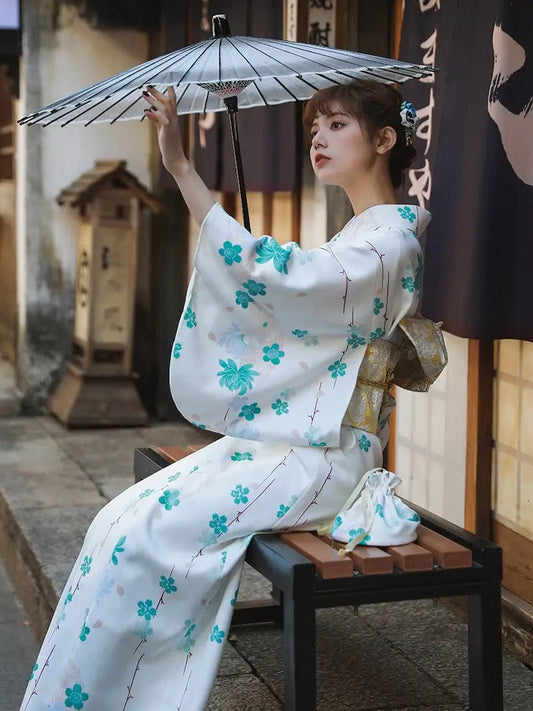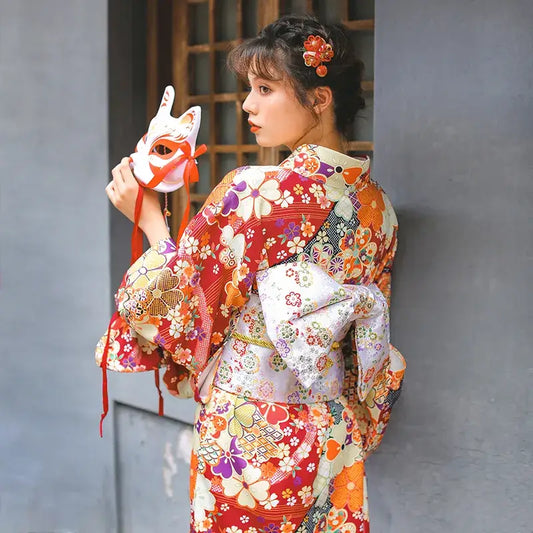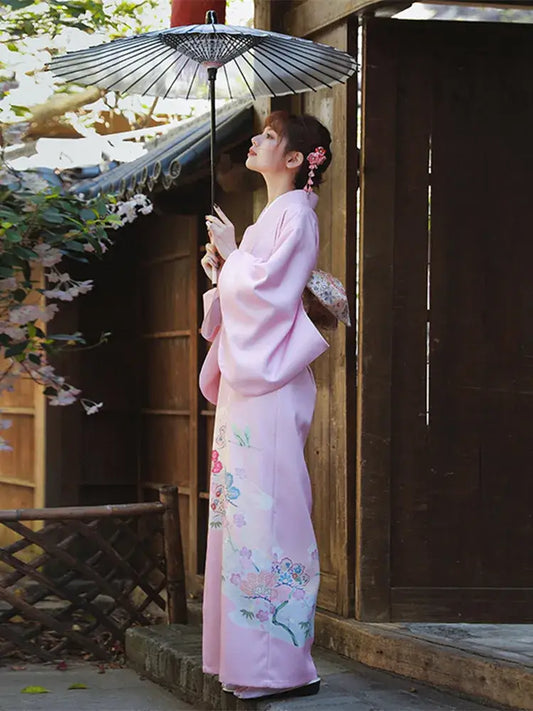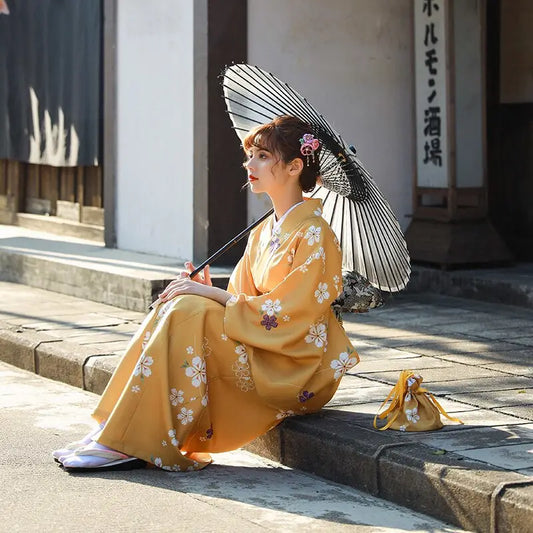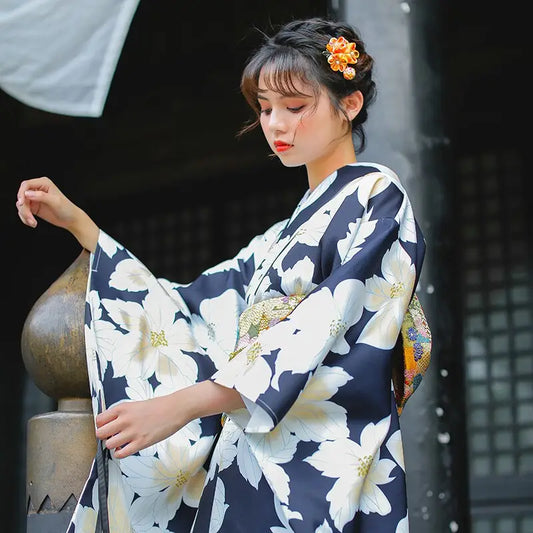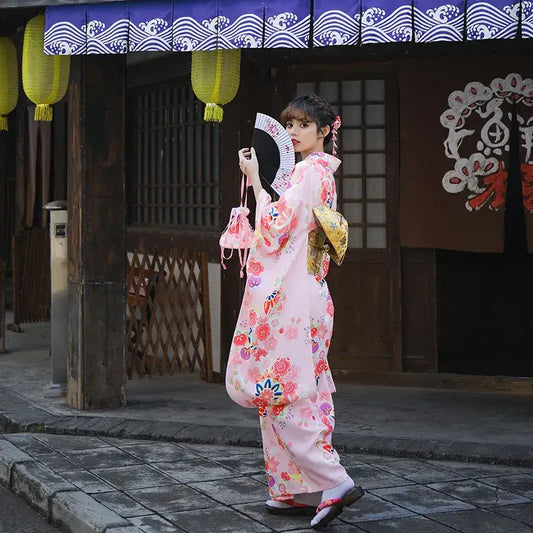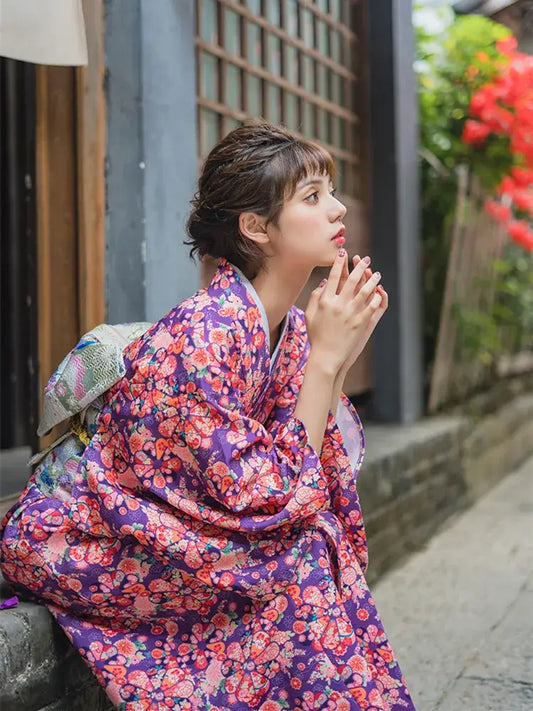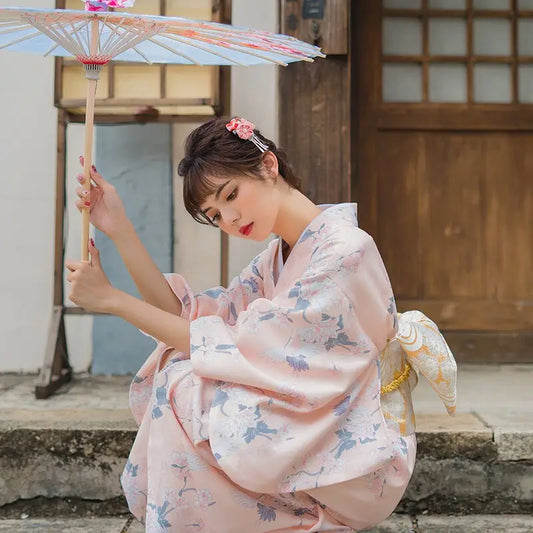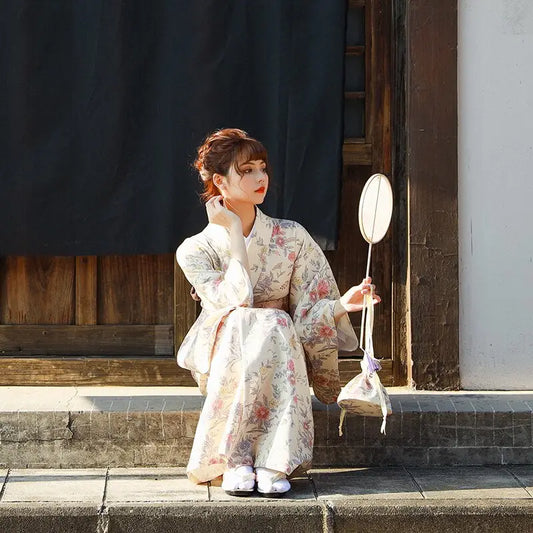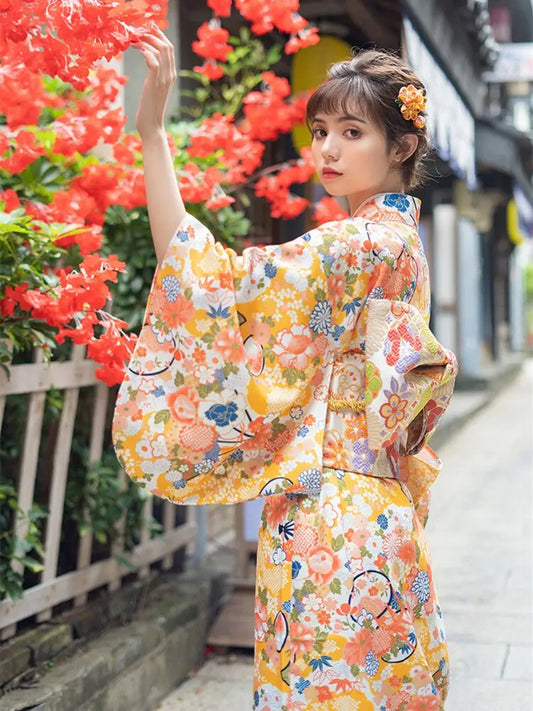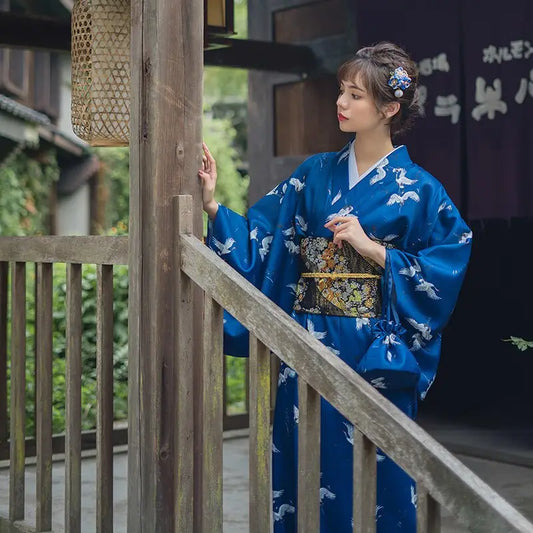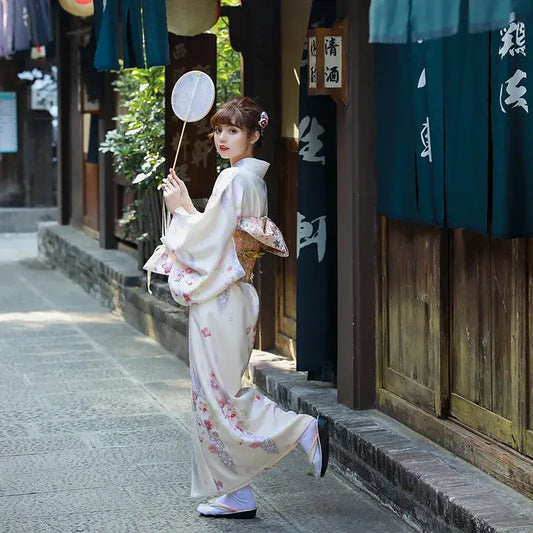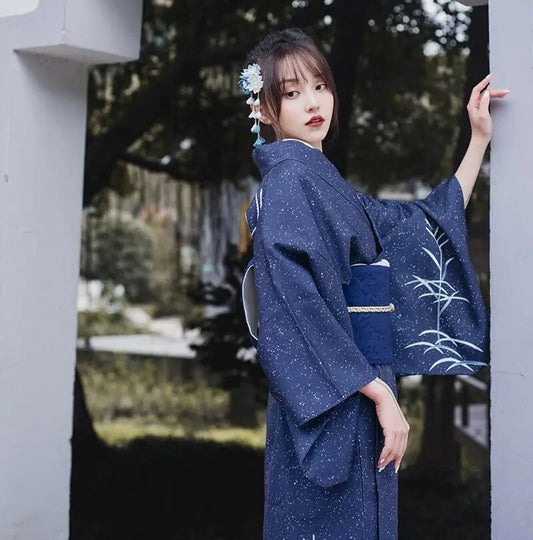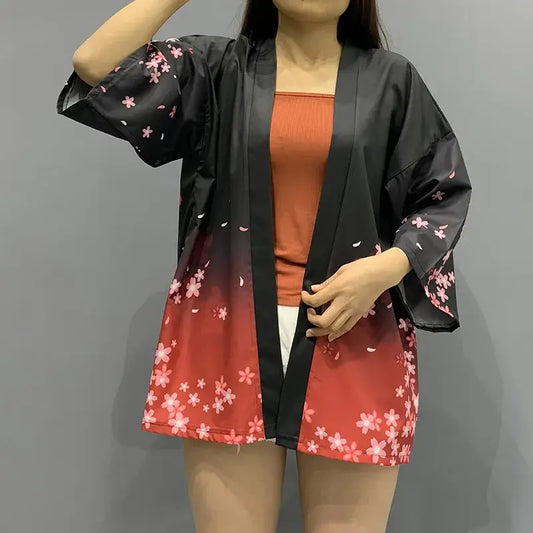Collection: Women's Kimono
-
Crane Birds Red Women's Kimono
Regular price 180$ USDRegular priceUnit price / per -
Forest Green Floral Women's Kimono
Regular price 180$ USDRegular priceUnit price / per -
Butterfly Navy Blue Women's Kimono
Regular price 170$ USDRegular priceUnit price / per -
Red Florals White Women's Kimono
Regular price 220$ USDRegular priceUnit price / per -
Pastel Florals White Women's Kimono
Regular price 180$ USDRegular priceUnit price / per -
Blue and Pink Quatrefoil Women's Kimono
Regular price 200$ USDRegular priceUnit price / per -
Sakura Striped Women's Kimono
Regular price 180$ USDRegular priceUnit price / per -
Charming Florals Pink Women's Kimono
Regular price 170$ USDRegular priceUnit price / per -
Floral Burst Women's Kimono
Regular price 170$ USDRegular priceUnit price / per -
Cherry Blossom Black Women's Kimono
Regular price 170$ USDRegular priceUnit price / per -
Red and White Florals Women's Kimono
Regular price 170$ USDRegular priceUnit price / per -
Pink and Cream Floral Women's Kimono
Regular price 160$ USDRegular priceUnit price / per -
Traditional Floral Women's Kimono
Regular price 180$ USDRegular priceUnit price / per -
Rose Flower White Women's Kimono
Regular price 160$ USDRegular priceUnit price / per -
Ice Flower Blue Women's Kimono
Regular price 180$ USDRegular priceUnit price / per -
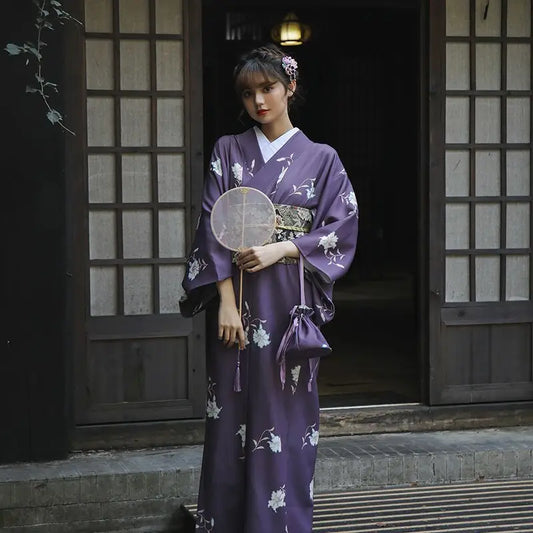
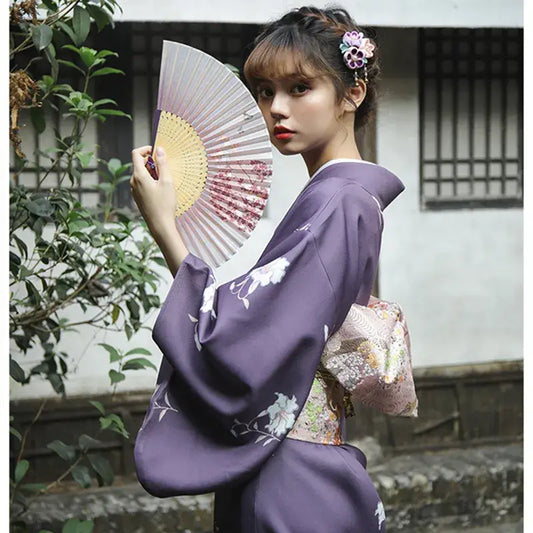 Sold out
Sold outWhite Floral Purple Women's Kimono
Regular price 180$ USDRegular priceUnit price / per -
Pink Fan Pattern Women's Kimono
Regular price 170$ USDRegular priceUnit price / per -
Traditional Lavender Women's Kimono
Regular price 180$ USDRegular priceUnit price / per -
White Floral Blue Women's Kimono
Regular price From 170$ USDRegular priceUnit price / per -
Green Sakura White Women's Kimono
Regular price From 170$ USDRegular priceUnit price / per -
Traditional Floral Pattern Women's Kimono
Regular price 200$ USDRegular priceUnit price / per -
Floral River Pink Women's Kimono
Regular price 170$ USDRegular priceUnit price / per -
Waves Floral White Women's Kimono
Regular price 170$ USDRegular priceUnit price / per -
White Sakura Yellow Women's Kimono
Regular price 170$ USDRegular priceUnit price / per -
White Floral Black Women's Kimono
Regular price 170$ USDRegular priceUnit price / per -
Cherry Blossom Traditional Women's Kimono
Regular price 180$ USDRegular priceUnit price / per -
Purple Bloom Women's Kimono
Regular price From 170$ USDRegular priceUnit price / per -
Cranes Light Pink Women's Kimono
Regular price 170$ USDRegular priceUnit price / per -
Traditional Pattern Women's Kimono
Regular price 180$ USDRegular priceUnit price / per -
Floral Yellow Women's Kimono
Regular price 180$ USDRegular priceUnit price / per -
White Crane Blue Women's Kimono
Regular price 180$ USDRegular priceUnit price / per -
Watercolor Floral Women's Kimono
Regular price 170$ USDRegular priceUnit price / per -
Navy Blue Women's Kimono
Regular price 200$ USDRegular priceUnit price / per -
Kitsune Fox Women's Kimono Jacket
Regular price 47$ USDRegular priceUnit price / per -
Sakura Fox Women's Kimono Jacket
Regular price 47$ USDRegular priceUnit price / per -
Wave White Women's Kimono Jacket
Regular price 47$ USDRegular priceUnit price / per
Receive Updates Straight to Your Inbox 📩
Be the first to know about new releases and exclusive offers.
👘🌸 Women's Kimonos: Flowing Beauty, Quiet Strength & Traditional Elegance That Speaks Without Words 💮🌿
The sleeves sway.
The obi wraps tight.
Every fold whispers stories — of tea ceremonies, lantern festivals, falling blossoms, and quiet moonlit paths.
That’s the Women’s Kimono — more than a garment, it’s a living work of art.
It moves like a poem. It rests like a painting.
It hugs the body like time itself has slowed down just for you 🌙
From the noble courts of the Heian era to the electric streets of Harajuku today, the kimono has evolved without losing its soul.
Every color. Every crest. Every seam says: “This is who I am.”
🧵 What Is a Women’s Kimono? (Spoiler: It’s History You Can Wear) 🏯👘
The Women’s Kimono is a traditional Japanese robe characterized by its T-shape, wide sleeves, floor-length hem, and elegant wrap-around design. Secured with an obi (wide belt) and typically paired with sandals and layered accessories, the kimono has been worn in Japan for over 1,000 years.
🌸 Key Features:
-
Straight-line cut with long sleeves and graceful drape
-
Wrap-style front (left over right — always)
-
Obi belt to shape and secure the garment
-
Multiple layers for formal occasions (juban undergarments, collars, and more)
-
Rich seasonal symbolism — patterns, colors, and fabric types all tell stories 🎴
👘 Common Kimono Types for Women:
| 🌸 Kimono Type | 🌟 Description & Style | 📅 Best For |
|---|---|---|
| Yukata | Lightweight cotton, casual summer kimono ☀️ | Festivals, fireworks, everyday flair |
| Furisode | Long-sleeved formal kimono for young women 💃 | Coming-of-age, weddings, big events |
| Tomesode | Shorter sleeves, formal, with crest 👑 | Married women at formal events |
| Houmongi | Elegant, painted designs from sleeve to hem 🎨 | Tea ceremonies, semi-formal occasions |
| Komon | Repeating small patterns, less formal 🌼 | Daily wear, kimono beginners |
| Modern/Street Kimono | Bold prints, shorter styles, fusion fits 🔥 | Harajuku vibes, casual fashionistas |
💥 Why Every Closet Deserves a Kimono (and Not Just for Cosplay or Culture Day) 👘✨
Some outfits make you look good.
A kimono makes you feel meaningful.
It transforms a moment into a memory.
1. 🌿 It Moves Like Art
Every step = swish. Every turn = elegance. Wearing one slows down the world in the most beautiful way.
2. 🎨 Designs With Depth
Flowers for seasons, cranes for hope, waves for change — kimono prints have soul.
3. 👑 You Don’t Wear It… You Embody It
Wearing a kimono makes you feel like the main character in a timeless romance.
4. 🌏 Cross-Cultural Slay
Traditional? Modern? Street-style fusion? Kimonos work with heels, boots, or barefoot on tatami mats.
5. 🎁 They’re the Ultimate Gift
Giving a kimono is like saying: “Here. Be powerful. Be radiant. Be remembered.”
🎎 How to Wear, Style & Accessorize Your Women’s Kimono Like an Absolute Queen 🌸👘
Whether you’re attending a festival, shooting a photo set, or just sipping tea at home — here’s how to rock your kimono with poise and power.
🧵 Kimono Styling Setup:
| 🎀 Element | ✨ Details / Suggestions | 🌟 Impact |
|---|---|---|
| Kimono Robe | Pattern based on season: sakura, maple, cranes 🌸🍁 | Connects to nature, tradition |
| Obi Belt | Contrasting color with bold knot 🎀 | Shapes silhouette, centerpiece of the look |
| Obiage & Obijime | Decorative sash and cord around obi 💫 | Adds texture, color coordination |
| Tabi Socks & Geta Sandals | White split-toe socks + wooden sandals 👣 | Classic finish, authentic vibe |
| Hairstyle / Kanzashi Pins | Bun, braid, or soft curls + hairpin 🌺 | Complete the silhouette with elegance |
| Optional Modern Layer | Kimono over jeans or paired with boots 👢 | Fashion-forward, city-style kimono fusion |
💡 Pro tip: Match your kimono motif to the season or event! Autumn = momiji leaves 🍁, spring = plum or cherry blossoms 🌸, weddings = cranes or white lilies 💒
🌕 A Women’s Kimono Isn’t Just Clothing — It’s Soul in Fabric Form 👘💖
You don’t need a crown to feel royal.
You need a kimono.
You don’t need to speak to be seen.
The way your sleeves sway, the colors shimmer, the obi rests across your back — that’s your story, told in silence.
The Women’s Kimono is more than a tradition.
It’s grace. Power. Stillness. Strength.
It’s art you become.
So whether you’re:
🌸 Attending a tea ceremony or matsuri
🎁 Gifting someone something unforgettable
📸 Shooting a dreamy nature-core edit
💃 Or simply embracing your inner elegant empress
Just remember:
Every kimono is a memory waiting to be made.
“Wear the seasons. Move like the wind. Stand like a mountain. Speak with silence.”


